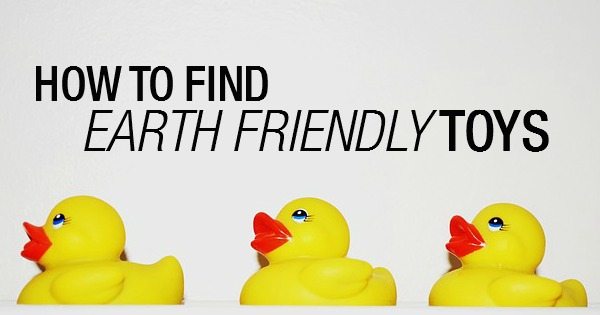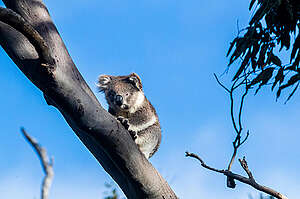Many people are motivated to make lifestyle changes to create a better world for future generations.

Here are six simple questions to help you to do the best by your children and the world when you’re buying toys.
1. Do I need to buy this toy?
Toys can help provide children with amusement, education and tools to nourish their imagination. But like all products we buy, toys can come at a cost to our wallets, the environment and human lives.
It can be hard to remember when making impulse purchases, but sometimes the things we buy impact the world for much longer than we expect. For example, get your head around this: nearly every piece of plastic ever made still exists today.
What you can do: try not to buy excessively. Instead, plan your purchases and think about what you’ll use them for and how long they’ll be of use.
2. Do I already have this toy at home?
How do you make two games out of one toy? Make toys yourself! Making a toy from things you already have can be just as fun as playing with them. Why not try one of these awesome upcycling DIY’s?
- 39 Coolest Kids Toys You Can Make Yourself – Buzzfeed
- Keep it Green: Upcycling Your Recycling Into Toys – Apartment Therapy
- 30 DIY Gifts to Make for Kids – The Imagination Tree
3. What’s this toy made of?
It can take a lot of raw materials to produce toys. That means lots of plastics, metals, woods, and synthetic materials that must all be mined, lumbered, or cooked-up to produce most popular toys on the market. These processes destroy forests and poison waterways, pollute air and produce toxins at all levels of production – often in nations being exploited for their resources.
What you can do: Look for toys that are made out of earth-friendly materials – certified sustainable woods, recycled plastics, and biodegradable materials.
4. What is this toy packaged with?
Greenpeace has exposed toy giants like Disney, Hasbro, Lego, and Mattel for sourcing rainforest woods in the production of their toy packaging, and launched high-profile campaigns against Mattel’s rainforest destruction in producing Barbie packaging to force them to change the norm. We’ve had major victories, but deforestation in the production of toy packaging is still an issue worldwide.
What you can do: Look for toys with either no packaging, or packaging made out of biodegradable materials or Rainforest Alliance or FSC certified cardboards.
5. Who made this toy?
All too often, the toys that we find on store shelves came at a profound cost to other humans. From the loss of ancient forests and waterways that have supported their families for generations, to child or forced labor, toy production can take a lot out of communities’ health and wellbeing. Some of the biggest names in toys are regularly called out for wage theft and general abuse of their international ‘employees.’
What to do: In Australia, the Shop Ethical! Guide is the best place to look for ethically produced products and companies with clean labour supply chains.
6. What is this toy teaching children?
Children’s minds are sponges. The toys your children play with can influence their thinking, interpersonal skills, and creativity. What are your children’s toys telling them to do, accept, become, how to think, feel, or treat the world around them?
You did it! Now you’re fully equipped to cut through the confusion and find the best toys for your kids. Good luck out there, partner.
Based on a blog written by the incredible Christina Dawn Morgan, who works as a development team member at Greenpeace US.

